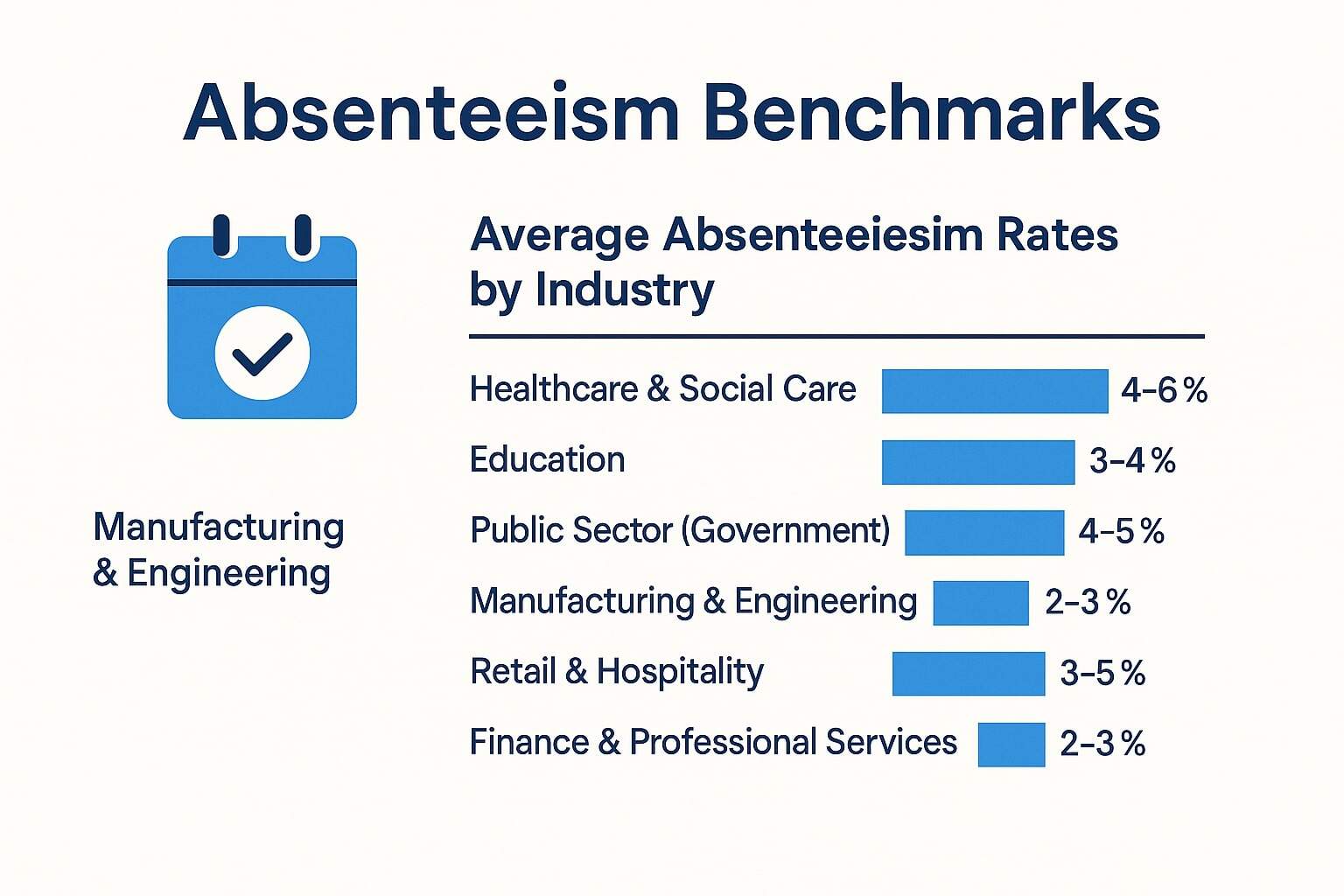Managing Short Leave: How to Handle Employee Leave When Short Staffed

Managing employee leave has its challenges no matter how many of them there are but it becomes especially tricky when you’re short-staffed. The good news, however, is there are a few strategies you can employ to make things easier on your HR department. With that outcome in mind, let’s look how to handle employee leave when you’re under-staffed: Short leave requests, for instance, are not defined by labor laws and rely on company policies, making it essential to establish clear guidelines.
Understanding Short Leave
Short leave refers to a brief period of time taken off by an employee for urgent or personal reasons. Unlike longer holidays or vacations, short leave is designed to provide employees with the flexibility to manage personal or urgent tasks without needing to take an entire day off. This type of leave is particularly useful for handling unexpected events, such as sudden family issues, doctor’s visits, or attending school activities. By offering short leave, companies foster a positive work environment where employees feel supported and trusted to balance their personal lives with their professional duties. This flexibility not only helps employees manage their personal responsibilities but also ensures that their work responsibilities are minimally disrupted.
Definition and Purpose
Plan ahead for short leave requests
The best way to manage employee leave is to plan ahead as much as possible. This can largely be achieved by asking staff for sufficient notice when requesting time off. What’s more, you might ask for different amounts of notice for longer holiday requests, while needing slightly less for a couple of days or so. Short leave typically lasts less than half a day, often just a few hours, so it may require less notice depending on company policies. This can involve various flexible arrangements, such as leaving early, arriving late, or taking short breaks, depending on individual circumstances. However, short leave often requires prior approval from the employer to ensure smooth operations. Short leave can be as brief as a short break, allowing employees to handle urgent personal matters without significantly impacting their work hours. Aware that their annual leave request could be denied if they don’t get it in before their colleagues, employees will make plans further ahead – making things easier for management and HR.
Secondly, you can make use of a centralised staff leave planner: That way, staff can simply log on and see who else has booked time off before requesting their own. Short leave offers employees the flexibility to handle personal tasks or emergencies without taking a full day off, which can be particularly useful in managing overlapping schedules. The approval for short leave is often at the discretion of management, allowing for case-by-case consideration. Best of all, the combination of these two ideas could become self-policing: In time, employees should check the central holiday schedule first, far in advance of their proposed time off, before requesting it.
Pay attention to staff calendars for medical appointments
Make a habit of frequently checking staff calendars for upcoming holidays. Ideally, you’ll check each month for a snapshot of which employees are due to be away and, if necessary, have a look again at the start of each week as a reminder. By doing so, you’ll have greater awareness of your employee’s holiday plans and, as much as possible, can sync them with upcoming projects and events. This will help you decide whether to approve or deny holiday requests, based on which other employees, with a similar skillset or responsibilities, have already booked time off. Employees need to provide a genuine reason for a short leave request to facilitate approval. Short leave allows employees to maintain their productivity while managing the demands of their personal lives, which can be a key factor in ensuring smooth operations during busy periods.
Personal Short Leave
This leave can also be used to attend a family event, such as a wedding or a family gathering, without taking a full day off.
Medical Short Leave
This type of leave is often used for routine medical appointments, such as check-ups or treatments, ensuring employees can attend without taking a full day off.
Company Policies on Short Leave
Structure and Types of Leave
The structure of short leave can differ widely based on company policies and local labor regulations. Most organizations follow similar guidelines to maintain fairness and consistency when granting such leave. There are various types of short leave, including:
-
Medical Short Leave: This type of leave is granted when an employee needs to attend medical appointments, treatments, or consultations that require leaving the workplace briefly. It ensures that employees can take care of their health without taking a full day off.
-
Emergency Short Leave: Used for unforeseen, urgent situations that demand immediate attention, such as a family emergency, an accident, or a sudden health issue. This type of leave allows employees to address critical issues promptly.
-
Personal Short Leave: Employees may need short leave to attend to personal matters, such as picking up children from school, attending a parent-teacher conference, or handling a time-sensitive errand. This leave helps employees manage their personal lives without significantly impacting their work hours.
-
Administrative Short Leave: This refers to leave taken for official purposes such as renewing a driver’s license, handling banking tasks, or visiting government offices for documentation purposes. It allows employees to complete necessary administrative tasks efficiently.
By clearly defining the types of short leave and their purposes, companies can ensure that employees understand their options and feel supported in managing their personal and professional responsibilities.
Labor Laws and Compliance
Understanding Labor Laws and Regulations
Short leave is not governed by labor laws in the same way as certain other types of leave, such as sick leave or paid leave. However, companies must still comply with local labor regulations and ensure that their short leave policies are fair and consistent. Employers need to consider the impact of short leave on employee work responsibilities and ensure that it does not disrupt the normal functioning of the business. In some cases, employers may require employees to provide a formal email or request form for short leave, especially if it is taken on an urgent basis. This helps maintain a record of leave requests and ensures that the process is transparent and fair for all employees. By adhering to labor laws and implementing clear policies, companies can effectively manage short leave while supporting their employees’ needs.
Encourage taking leave for personal reasons
Encouraging your employees to take their full holiday entitlement throughout the year is useful for managing employee leave for two reasons: Firstly, if staff spread their annual leave out, you’re less likely to receive a glut of requests at once (some of which you’d probably have to deny). This is especially important for those with a lot of holiday saved up – and every company has at least one employee that has a tendency to let their annual leave pile up. In such cases, you may have to request that they take time off, especially if you know there’s a busy period coming up you’d prefer they weren’t away for a large chunk of. Additionally, fostering a culture where employees feel supported in taking leave, including short leave requests, can lead to higher employee satisfaction and engagement. Employees may take short leave to attend religious events or festivals, especially in culturally diverse workplaces.
Secondly, by encouraging staff to take days off more often, they’ll recharge their batteries and are less likely to take a sick day – for which you have no notice and can’t plan for. Short leave is often utilized for urgent personal reasons or unforeseen circumstances, making it a valuable option for employees to address immediate needs without disrupting their work-life balance. Unexpected incidents affecting commuting, such as construction work, can justify a request for short leave. This is a crucial consideration when you’re short-staffed, as your employees are already picking up some degree of slack and some of them having to call in sick would only worsen the problem. Well-timed, regular breaks can help to prevent this.



